Best Methods for Reforestation of Inactive Well Pads
In the last 50 years, the United States and Canada have experienced significant increases in oil and natural gas extraction activity, including the development of new oil and gas wells in forested environments. Clearings to create such well sites (well pads) alters forest habitats on the site and create perforation and fragmentation in surrounding forests, often leading to loss of forest interior species. Even after cessation of drilling and extraction activity, well pads normally never reforest, but instead persist as treeless clearings which often become infested with non-native invasive species like spotted knapweed and leaf spurge. Working with the Michigan Department of Natural Resources (MDNR) and private energy companies, the Au Sable Institute is engaged in research and evaluation of best site treatment methods to apply and best native forest tree species to plant on such sites that will lead to high survivorship of planted trees and long-term reforestation, with the potential for restoring thousands of acres of northern Michigan forests contributing to biological diversity, recreational opportunity, and economic profitability of this valuable ecosystem.

